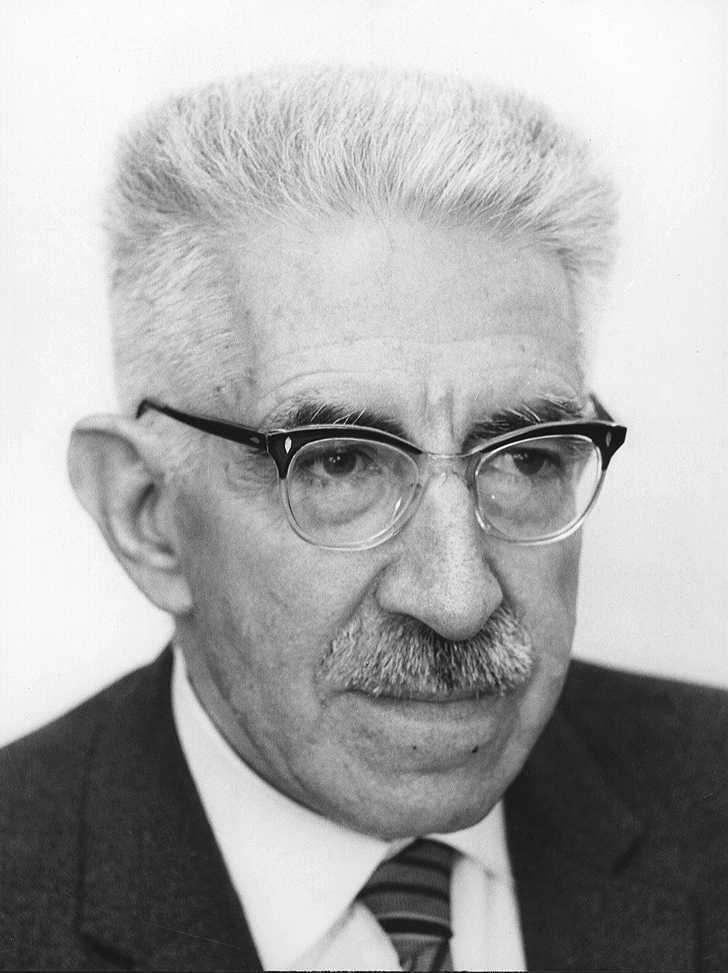Name Marcel Minnaert Role Astronomer | ||
 | ||
Books Light and color in the outdoors, Practical Work in Elementa, The Nature of Light and Colo | ||
노이틀링라이다이크 - 미나아트 / 우트렉트
Marcel Gilles Jozef Minnaert (12 February 1893 – 26 October 1970) was a Dutch astronomer of Belgian origin. He was born in Bruges and died in Utrecht.
Contents

Biography
Minnaert obtained a PhD in biology at Ghent University in 1914. Later he obtained also a PhD in physics from Utrecht University, under the supervision of Leonard Ornstein.
He was a supporter of the Flemish movement during World War I and endorsed the replacement of French by Dutch during the German occupation of Belgium. He worked as "lector fysica" at the new Flemish University of Ghent, which was made possible by the support of the German occupation forces, and was viewed as connivance with the enemy by the reestablished Belgian authorities. Because of this, he was sentenced after the war in absence to 15 years of forced labor. However, Minnaert had anticipated this outcome by fleeing Belgium in time.
In 1918, he found a position at Utrecht University in the Netherlands, initially to do photometric research. In Utrecht, he became interested in astronomy, and he became a pioneer of solar research. He specialized in spectroscopy and the study of stellar atmospheres and invented the spectroscopic curve of growth.
Minnaert was also interested in bubbles and musical nature of the sounds made by running water. In 1933 he published a solution for the acoustic resonance frequency of a single bubble in water, the so-called Minnaert resonance.
In 1937, he was appointed director of the stellar observatory Sonnenborgh in Utrecht and full professor in astronomy at the university. In 1940, he published his famous Utrecht Atlas of the solar spectrum. In 1941, he invented the Minnaert function, which is used in optical measurements of celestial bodies.
During the German occupation of the Netherlands in World War II, he was imprisoned by the Germans because of his left-wing, anti-fascist sympathies. During his incarceration, he taught physics and astronomy to his fellow prisoners. After the War, he was one of the founders of the Mathematisch Centrum in Amsterdam.
In 1946 he became member of the Royal Netherlands Academy of Arts and Sciences.
Publications
One of his interests was the effects of the atmosphere on light and images. His classic book on this subject was originally published in Dutch in 1937 as De natuurkunde van 't vrije veld. Licht en kleur in het landschap. It was released in English translation as:
and in a new translation with color photographs as:
Honors
Awards
Named after him
